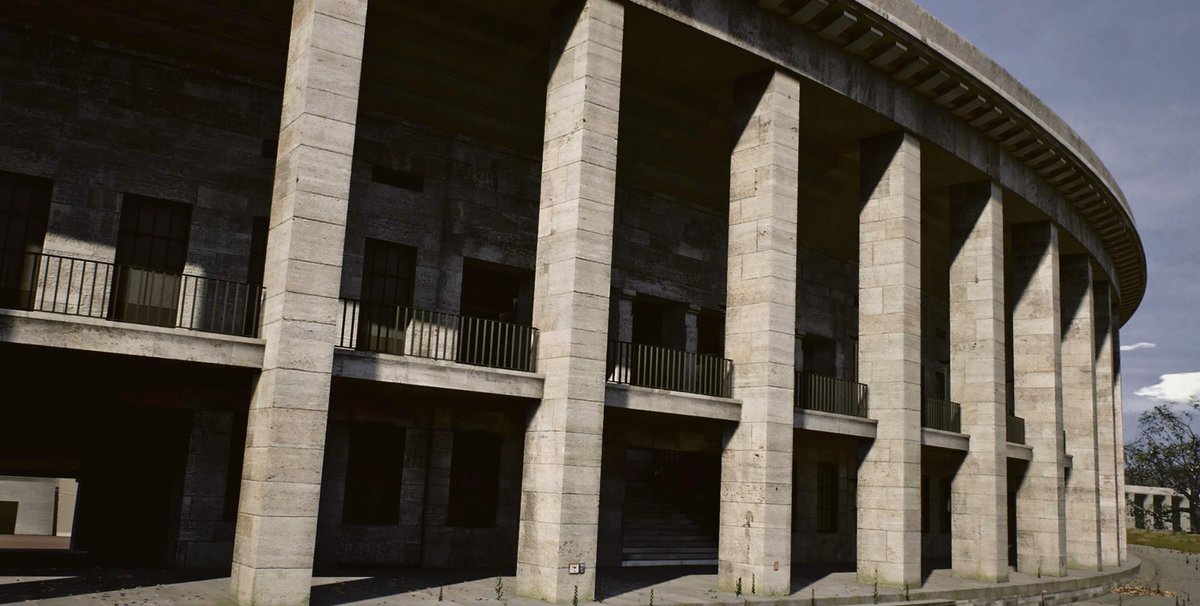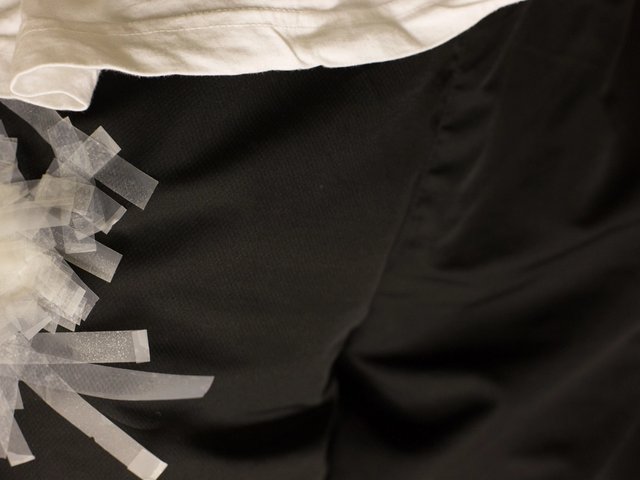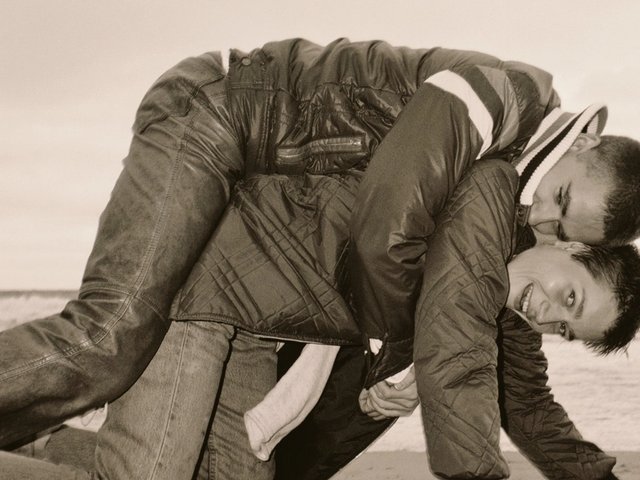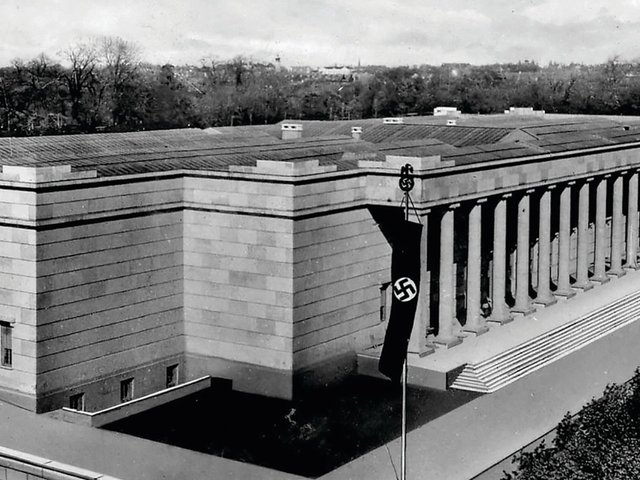Olympia
Schaulager, Basel
Until 22 October
Until October, visitors to Basel can experience Berlin—or at least a small corner of it—as they will never have seen it before, courtesy of the Belgian artist David Claerbout. Currently installed at the Schaulager is the artist’s monumental 2016 two-channel projection, Olympia (The real-time disintegration into ruins of the Berlin Olympic stadium over the course of a thousand years). The video simulates the organic deterioration of the 75,000-seat arena that Adolf Hitler commissioned for the summer Olympic Games held in the German capital in 1936.
The multimedia artist spent years digitally documenting and reconstructing the stadium. These images were then manipulated to show how the site is likely to degrade over the next 1,000 years—a period that exceeds the average human’s sense of time—without the benefit of human intervention and if left at the mercy of nature.
The time frame selected by Claerbout refers to the Third Reich and Hitler’s aim to create a German empire that would dominate for 1,000 years.
The passage of time is a recurrent theme in Claerbout’s work. He often tests the boundaries between the still and moving images—photography versus video—to suggest an existence that is otherworldly. Olympia “can be regarded as an attempt to measure biological duration (for example, the timespan of one human life) against ideological duration”, according to the artist’s website.
While the ageing of the stadium itself is slow, subtle and simulated, climatic factors in the city are shown in real time. Data related to current weather conditions in Berlin is continually fed into the digital rendering, giving visitors around 900km away in Basel a chance to experience, for example, a sunset or snowstorm in Berlin.
“From season to season, we can observe the growth of weeds ‘irrigated’ by the computer program that calculates the exact precipitation, weather and seasonal conditions in Berlin. Trees and vegetation will gradually occupy more of the view towards the stadium until eclipsing it completely,” states the website.
The Schaulager plans to extend its opening hours sporadically during the run of the show so that the installation can be experienced at different times of day.
• For up-to-date opening hours, visit www.schaulager.com





